Make Go Command Not Found
The “command not found” error is a common issue that many developers encounter when working with the Go programming language. This error typically occurs when the Go command line tool, which is used to compile, run, and manage Go programs, cannot be found or accessed by the system. In this article, we will explore the various causes of this error and provide solutions to troubleshoot and resolve it.
Common causes for the “command not found” error
1. Go is not installed: The most obvious cause of the “command not found” error is that the Go programming language is not installed on the system. To verify if Go is installed, open the command line interface and type “go version”. If Go is not installed, you will need to download and install it from the official Go website.
2. Incorrect installation directory: Sometimes, the “command not found” error occurs because the Go binaries are not located in the correct installation directory. By default, Go binaries are installed in the “bin” directory of the Go installation path. Make sure that this directory is included in your system’s PATH environment variable.
3. Incorrect environment variables: The Go programming language relies on several environment variables to function properly. If these variables are not set correctly or are missing, it can lead to the “command not found” error. We will cover how to set these variables in the next section.
4. Outdated Go version: Using an outdated version of Go can also result in the “command not found” error. It is recommended to regularly update Go to the latest stable version to avoid compatibility issues and benefit from the latest features and bug fixes.
Verifying Go installation to troubleshoot the “command not found” error
To troubleshoot the “command not found” error, first, we need to ensure that Go is correctly installed on the system. Open a terminal or command prompt and run the following command:
“`shell
go version
“`
If Go is installed, you will see the installed version number. If you receive an error message or nothing is displayed, it means that Go is not installed or not accessible.
Installing Go is beyond the scope of this article, but you can download the latest stable release from the official Go website (https://golang.org) and follow the installation instructions provided for your operating system.
Setting the Go environment variables to prevent the “command not found” error
Go relies on two important environment variables, namely GOPATH and GOROOT. GOPATH represents the workspace where you store your Go projects, while GOROOT points to the Go installation directory.
To set these variables, you need to modify your system’s PATH environment variable.
On Windows:
1. Right-click on “My Computer” or “This PC” and select “Properties”.
2. Click on “Advanced system settings” and then “Environment Variables”.
3. Under “System Variables”, click on “New”.
4. Enter GOPATH as the variable name and the desired workspace path as the variable value (e.g., C:\Go\workspace).
5. Click on “New” again to add another environment variable.
6. Enter GOROOT as the variable name and the Go installation directory as the variable value (e.g., C:\Go).
7. Click “OK” to save the changes.
On macOS and Linux:
1. Open a terminal.
2. Edit the `.bashrc` or `.bash_profile` file using a text editor (e.g., `nano ~/.bashrc` or `nano ~/.bash_profile`).
3. Add the following lines at the end of the file:
“`shell
export GOPATH=/usr/local/go/workspace
export GOROOT=/usr/local/go
export PATH=$PATH:$GOPATH/bin:$GOROOT/bin
“`
4. Save the file and exit the text editor.
5. Run `source ~/.bashrc` or `source ~/.bash_profile` to apply the changes.
Make sure to replace the paths in the commands above with the actual paths relevant to your system.
Adding the Go binaries to the system PATH to resolve the “command not found” error
If the Go binaries are not in your system’s PATH variable, the operating system will not be able to find and execute them, resulting in the “command not found” error.
To add the Go binaries to the system PATH, follow these steps:
On Windows:
1. Open the Control Panel and go to “System” or “System and Security”.
2. Click on “System” and then “Advanced system settings”.
3. In the “Advanced” tab, click on “Environment Variables”.
4. Under “System Variables”, look for the “Path” variable and select “Edit”.
5. Click on “New” and enter the path to the Go “bin” directory (e.g., C:\Go\bin).
6. Click “OK” to save the changes.
On macOS and Linux:
1. Open a terminal.
2. Edit the `.bashrc` or `.bash_profile` file using a text editor (e.g., `nano ~/.bashrc` or `nano ~/.bash_profile`).
3. Add the following line at the end of the file:
“`shell
export PATH=$PATH:/usr/local/go/bin
“`
4. Save the file and exit the text editor.
5. Run `source ~/.bashrc` or `source ~/.bash_profile` to apply the changes.
Checking the Go installation directory for potential issues causing the “command not found” error
If you have followed all the previous steps and the “command not found” error still persists, it is worth checking the Go installation directory for any issues.
1. Verify that the Go installation directory contains the expected files and directories, including the “bin” directory where the Go binaries should be located.
2. Ensure that the file permissions are set correctly for the Go installation directory and its contents. Make sure that the current user has appropriate read and execute permissions.
3. Double-check that the PATH and other environment variables are set correctly according to the previously mentioned instructions.
Updating Go to the latest version to fix the “command not found” error
Using an outdated version of Go can sometimes trigger the “command not found” error, especially if you are using newer features or dependencies that require a newer version of Go.
To update Go to the latest version, follow these steps:
1. Visit the official Go website (https://golang.org) and download the latest stable release for your operating system.
2. Install the new version of Go by following the installation instructions provided.
3. After installation, verify that the new version is correctly installed by running the `go version` command.
Troubleshooting the “command not found” error with different operating systems
Although the steps provided are applicable to various operating systems, some specific errors related to the “command not found” error may require additional troubleshooting steps particular to the operating system you are using. Below are some common operating systems and the specific steps to resolve the error:
1. macOS:
– If you are using zsh as your default shell in macOS, you may encounter the “Zsh: command not found go” error. To fix this, add the following line to your `~/.zshrc` file:
“`shell
export PATH=$PATH:/usr/local/go/bin
“`
2. Linux (Ubuntu):
– If you are using Ubuntu or a similar Linux distribution and experience the “Mockgen command not found” error, it means that you have not properly installed the package that contains the `mockgen` command. You can install it using the following command:
“`shell
sudo apt install golang-gomock
“`
– If you encounter the “Install Golang in Linux” error, please refer to the official Go installation documentation for Linux.
3. Windows:
– If you receive the “Make bin promu command not found” error, it means that you have not set the correct environment variables for “Make”, “bin”, and “promu”. Verify that these variables are correctly defined in the PATH system variable and point to their respective directories.
4. Generic “command not found” issues:
– If you encounter other instances of the “command not found” error, particularly when installing packages or running specific commands, make sure the command or package you are trying to use is installed correctly and available in your system. Refer to the relevant documentation or the official Go website for more information on specific commands and packages.
Seeking further assistance and resources for resolving the “command not found” error in Go
If you have followed all the troubleshooting steps provided in this article and are still unable to resolve the “command not found” error, there are additional resources available to seek further assistance:
1. Official Go Documentation: The official Go website (https://golang.org) offers comprehensive documentation and guides that cover various aspects of using Go, including installation and troubleshooting.
2. Go Community: Joining online forums, discussion groups, and social media channels focused on Go can provide access to a community of experienced developers who can offer support and advice.
3. Stack Overflow: Stack Overflow (https://stackoverflow.com/) is a popular Q&A platform where developers can ask and answer programming-related questions. Search for existing questions or post a new question with relevant details to get help from the community.
4. Go Issue Tracker: If you believe you have encountered a bug or an issue specific to the Go programming language, you can submit a bug report on the official Go issue tracker (https://github.com/golang/go/issues).
By following the steps and utilizing the available resources, you should be able to troubleshoot and resolve the “command not found” error in the Go programming language. Remember to double-check your installations, environment variables, and any potential issues related to your operating system to ensure a smooth development experience.
Golang #Shorts Command ‘Go’ Not Found #Shorts Install Golang #Kalilinux #Bugbounty #Short
How To Install Go Command In Linux?
Go, also known as Golang, is a popular programming language developed by Google. It is widely used for developing reliable, efficient, and scalable software applications. In this article, we will guide you through the process of installing the Go command in Linux.
Step 1: Downloading Go
The first step is to download the Go binary distribution from the official Go website. Go provides pre-compiled binary tarballs for various operating systems including Linux. Open your web browser and navigate to the official Go website (https://golang.org/dl/).
Now, identify the latest stable version of Go and click on the download link for the Linux distribution. Make sure to choose the appropriate architecture for your system, either 32-bit or 64-bit. Once the download is complete, you will have a tar.gz file in your preferred download directory.
Step 2: Extracting the Archive
Now, open your terminal and navigate to the directory where the downloaded tar.gz file is located. Use the following command to extract the archive:
tar -C /usr/local -xzf go1.XX.X.linux-amd64.tar.gz
Replace “go1.XX.X” with the Go version you downloaded. This command will extract the Go binaries to the /usr/local directory. However, you can choose a different location if you prefer.
Step 3: Setting Up Environment Variables
To use the Go command properly, you need to set up the necessary environment variables. Open your terminal and open the ~/.profile or ~/.bashrc file, depending on your Linux distribution.
Add the following lines at the end of the file:
export GOPATH=$HOME/go
export PATH=$PATH:/usr/local/go/bin:$GOPATH/bin
Save the file and exit. This will set the GOPATH variable to your user’s home directory, where Go packages and binaries will be stored. The PATH variable will be updated to include the Go binary path.
Step 4: Verifying the Installation
To verify that the Go command is installed properly, open a new terminal window and type the following command:
go version
If everything is set up correctly, you should see the installed Go version printed on the screen.
Step 5: Updating Go
Go releases regular updates with bug fixes and new features. To update your Go installation, you need to download the latest version from the official website and repeat the installation process. However, you can also use the go command itself to update Go.
Simply run the following command in your terminal:
go get -u golang.org/dl/gox
After the update process completes, you can use the new version by running the following command:
gox.YY.Z
Replace “gox.YY.Z” with the specific version you just updated to. This will switch your Go installation to the latest version.
Frequently Asked Questions
Q: Is it necessary to set the GOPATH variable?
A: Yes, GOPATH is an important environment variable that points to the directory where Go packages and binaries are stored. It is necessary for building and running Go applications.
Q: Can I install multiple versions of Go on my Linux system?
A: Yes, you can install multiple versions of Go on your Linux system. Just make sure to set up the appropriate environment variables and use the correct version when needed.
Q: How do I uninstall Go from my Linux system?
A: To uninstall Go, simply delete the Go installation directory and remove the environment variable settings from your ~/.profile or ~/.bashrc file.
Q: Can I install Go using a package manager in Linux?
A: Yes, some Linux distributions provide Go packages that can be installed using the package manager. However, it is recommended to use the official Go distribution for the latest stable version.
Q: Do I need to install any additional dependencies for Go?
A: No, Go is a self-sufficient programming language that comes with all the necessary dependencies built-in. You can start writing and running Go code right after installation.
In conclusion, installing the Go command in Linux is a straightforward process that involves downloading the Go distribution, extracting it, setting up environment variables, and verifying the installation. Setting up the GOPATH variable is crucial for managing Go packages and binaries. By following these steps, you can successfully install and update Go on your Linux system and start developing applications using this powerful programming language.
How To Install Go Ubuntu?
Go, also known as Golang, is a powerful and efficient open-source programming language developed by Google. It has gained popularity among developers due to its simplicity, robustness, and extensive standard library. If you are an Ubuntu user and looking to set up Go on your system, this article will provide a step-by-step guide on how to install Go on Ubuntu.
Before starting the installation process, it is recommended to check if your Ubuntu system meets the minimum requirements for running Go. The minimum system requirements typically include at least 1GB of RAM, 1.2 GHz processor or higher, and a stable internet connection. Once you have verified the requirements, follow the steps below to install Go:
Step 1: Update System Packages
Before installing any new software, it is always a good practice to update the system packages. Open the terminal by pressing Ctrl+Alt+T and enter the following command:
“`
sudo apt update
“`
This command will update the package lists for upgrades and new installations.
Step 2: Download Go Archive
Next, visit the official Go Downloads page at https://golang.org/dl/ to find the latest stable release of Go. At the time of writing, the latest stable release is Go 1.17. Choose the appropriate version for your system architecture (32-bit or 64-bit) and copy the download link of the tarball.
In the terminal, use wget to download the Go archive. Replace `VERSION` with the version you wish to install:
“`
wget https://golang.org/dl/goVERSION.linux-ARCH.tar.gz
“`
For example, to download Go 1.17 for a 64-bit system, you would use:
“`
wget https://golang.org/dl/go1.17.linux-amd64.tar.gz
“`
Step 3: Extract and Install Go
Once the download is complete, extract the downloaded archive. Run the following command:
“`
sudo tar -C /usr/local -xzf goVERSION.linux-ARCH.tar.gz
“`
Again, replace `VERSION` with the version you have downloaded and `ARCH` with your system architecture. For example:
“`
sudo tar -C /usr/local -xzf go1.17.linux-amd64.tar.gz
“`
Step 4: Set Go Paths
Now that Go is installed, you need to set up environment variables to configure the Go paths. Open your terminal and enter the following commands:
“`
echo ‘export GOPATH=$HOME/go’ >> ~/.profile
echo ‘export PATH=$PATH:/usr/local/go/bin:$GOPATH/bin’ >> ~/.profile
source ~/.profile
“`
These commands will add the Go path variables to your profile file and then source it to make the changes take effect immediately. The `GOPATH` environment variable specifies the path where Go packages and dependencies will be stored.
Step 5: Verify Installation
To verify that Go has been installed correctly, run the following command:
“`
go version
“`
If the installation was successful, you should see the installed Go version displayed in the terminal. Congratulations! You have successfully installed Go on your Ubuntu system.
Frequently Asked Questions:
Q1: What is the difference between apt and wget in installing Go?
A1: `apt` is the package manager used in Ubuntu, which simplifies software installation and dependency management. However, the Go version included in the Ubuntu repository might not be the latest stable release. By using `wget`, we directly download the latest Go release from the official website, ensuring you have the most up-to-date version.
Q2: Can I install multiple versions of Go?
A2: Yes, you can install multiple versions of Go on your Ubuntu system. Simply follow the installation steps mentioned above for each version, ensuring you use different installation directories and update the corresponding environment variables for each installation.
Q3: How do I update Go to a newer version?
A3: To update Go to a newer version, repeat the steps from Step 2 onwards, replacing the old version with the desired newer version. The Go installation process will handle the updating and replacing of the existing installation automatically.
Q4: How do I uninstall Go from Ubuntu?
A4: To uninstall Go from Ubuntu, you can simply remove the Go installation directory. Run the following command in the terminal to remove it:
“`
sudo rm -rf /usr/local/go
“`
Additionally, you can also remove the environment variable configurations added in Step 4 by editing your `.profile` file and removing the lines related to Go.
In conclusion, installing Go on Ubuntu is a straightforward process that can be accomplished by following a few simple steps. It offers developers a powerful and efficient programming language for building robust applications. By setting up Go on your Ubuntu system, you can reap the benefits of this language and explore its vast range of features and libraries.
Keywords searched by users: make go command not found Command not found, Zsh: command not found go, Mockgen command not found, Install Golang in Linux, Make bin promu command not found, Go install package, Zsh: command not found service, Sudo command not found
Categories: Top 17 Make Go Command Not Found
See more here: nhanvietluanvan.com
Command Not Found
In English-based operating systems, such as Windows, macOS, and Linux, the “Command not found” message is displayed when a user types a command that is not recognized by the system. This can happen due to various reasons, including misspelling, incorrect syntax, or the command simply not being installed on the system.
Understanding the “Command not found” error message:
When a user types a command in the CLI and presses enter, the operating system attempts to locate and execute the corresponding program or command. If the system cannot find the command within the directories specified in the PATH variable, it displays the “Command not found” error.
This error message is essential as it informs the user that the command they entered couldn’t be found by the system. It helps users identify and rectify any mistakes they may have made while entering the command.
Causes of the “Command not found” error:
There are several potential reasons why the system may display this error message. Here are some common causes:
1. Misspelling or incorrect syntax: The most common cause of the “Command not found” error is a simple typo or syntax error. Even a small mistake in the spelling or formatting of a command can cause the system to fail in recognizing it.
2. Command not installed: Another reason for this error is when the desired command or program is not installed on the system. Some commands come pre-installed with the operating system, while others need to be installed separately.
3. Command location not in PATH: The PATH variable is a crucial part of the system’s environment variables that determines where the operating system looks for executables. If a command’s location is not listed in the system’s PATH, the system won’t be able to find and execute the command.
4. Command not compatible: Occasionally, the command you’re trying to run may not be compatible with your operating system. Some commands are specific to certain platforms or operating systems and may not be available or work properly on others.
5. Permissions: In some cases, the user may lack the necessary permissions to execute the command. Certain commands require administrative or root access, and if the user account doesn’t have the required privileges, the system will display the “Command not found” error.
Frequently Asked Questions (FAQs):
Q1. How do I correct a “Command not found” error?
A: To correct this error, you can try the following steps:
– Double-check the spelling and syntax of the command.
– Verify that the command is installed on your system.
– Add the command’s location to your system’s PATH variable if it’s missing.
– Ensure you have the necessary permissions to execute the command.
Q2. How can I find the location of a command on my system?
A: You can use the “which” command on Linux and macOS or the “where” command on Windows to find the location of a command. For example, typing “which gcc” will display the location of the “gcc” command if it is installed on your system.
Q3. How do I add a command’s location to my system’s PATH variable?
A: To add a command’s location to the PATH variable, you need to modify your system’s environment variables. The process varies depending on the operating system you are using. In Windows, you can access environment variables through the Control Panel. On Linux and macOS, you can edit the .bashrc or .bash_profile file in your home directory and append the desired directory to the PATH variable.
Q4. What should I do if the command is not installed on my system?
A: If the command you want to use is not installed on your system, you will need to install it. Most operating systems provide package managers that allow you to install software packages easily. Use your system’s package manager to search for and install the desired command or program.
Q5. Why do some commands work in one CLI but not in another?
A: Some commands are specific to certain operating systems or platforms. If a command works in one CLI but not in another, it may indicate that the command is not compatible with the particular operating system or is not installed on the target system.
In conclusion, the “Command not found” error is a common occurrence in the CLI of English-based operating systems. It indicates that the system couldn’t locate or recognize the command entered by the user. By understanding the causes of this error and following the steps outlined in the FAQs section, users can effectively troubleshoot and resolve this issue, enabling them to execute commands successfully.
Zsh: Command Not Found Go
The Zsh shell, also known as Z shell, is a powerful command-line interpreter for Unix-like operating systems. It is an extended version of the bash shell with many additional features and improvements. One common error that Zsh users may encounter is the “command not found” message when attempting to execute a particular command, such as “go.” In this article, we will delve into the possible causes of this error and explore potential solutions.
Possible Causes of “Command not found go” Error in Zsh
1. Missing or Misconfigured Environment Variables:
When Zsh cannot find a command, one likely cause is that the necessary environment variables are not properly set up. The “go” command, for example, is associated with the Go programming language. To fix the error, ensure that the Go installation directory is included in the PATH environment variable. You can do this by opening your shell configuration file (e.g., .zshrc or .bashrc), and appending the following line:
“`
export PATH=$PATH:/path/to/go/installation
“`
Remember to replace “/path/to/go/installation” with the actual path where Go is installed on your system.
2. Incomplete or Incorrect Installation of Go:
If the “go” command is not found even after setting the proper environment variables, it is possible that Go is not installed correctly. To verify this, run the following command in your terminal:
“`
go version
“`
If Go is installed correctly, it should display the version information. Otherwise, you will need to install Go following the official installation instructions for your operating system.
3. Go Binary Not Found in PATH:
In some cases, even when Go is installed correctly, the system might fail to locate the “go” binary in the PATH. To resolve this, try locating the “go” binary manually using the “which” command:
“`
which go
“`
If this command returns an empty response or shows a different path from the one you set in the environment variables, it indicates that the “go” binary is not in the expected location. You can then use the symbolic link to ensure that the “go” binary is accessible from the PATH. For example, if Go is installed in “/usr/local/go/bin,” create a symbolic link by running the following command:
“`
ln -s /usr/local/go/bin/go /usr/local/bin/go
“`
Make sure to replace “/usr/local/go/bin” with the actual installation path you found using the “which” command.
Frequently Asked Questions (FAQs)
Q1. How do I check if Zsh is installed on my system?
A1. Open your terminal and run the following command:
“`
zsh –version
“`
If Zsh is installed, it will display the version information; otherwise, you can install it using package managers like apt or brew.
Q2. How do I switch to Zsh from another shell?
A2. Run the following command in your terminal:
“`
chsh -s $(which zsh)
“`
You might need to provide your password, and after successful execution, you can restart your terminal to start using Zsh.
Q3. Can other shells like bash encounter the “command not found” error?
A3. Yes, similar errors can occur in other shells like bash. However, the solutions may slightly differ depending on the shell configuration files (e.g., .bashrc instead of .zshrc).
Q4. How can I update the PATH environment variable permanently?
A4. To update the PATH environment variable permanently, open your shell configuration file (e.g., .zshrc) and add the following line at the end:
“`
export PATH=$PATH:/path/to/go/installation
“`
Don’t forget to replace “/path/to/go/installation” with your actual Go installation path.
Q5. Is it necessary to use Zsh for Go development?
A5. No, Zsh is not mandatory for Go development. You can use other shells like bash or PowerShell as well.
In conclusion, if you encounter the “command not found” error when using the Zsh shell’s “go” command, ensure that the necessary environment variables are properly set. Double-check the Go installation and its inclusion in the PATH variable. If the issue persists, confirm the location of the “go” binary and create a symbolic link if required. By following these steps, you should be able to resolve the error and utilize the Go programming language seamlessly within the Zsh environment.
Images related to the topic make go command not found
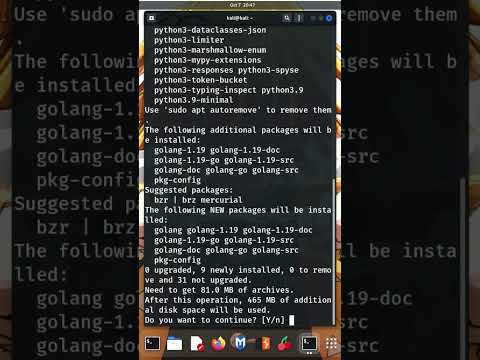
Found 27 images related to make go command not found theme

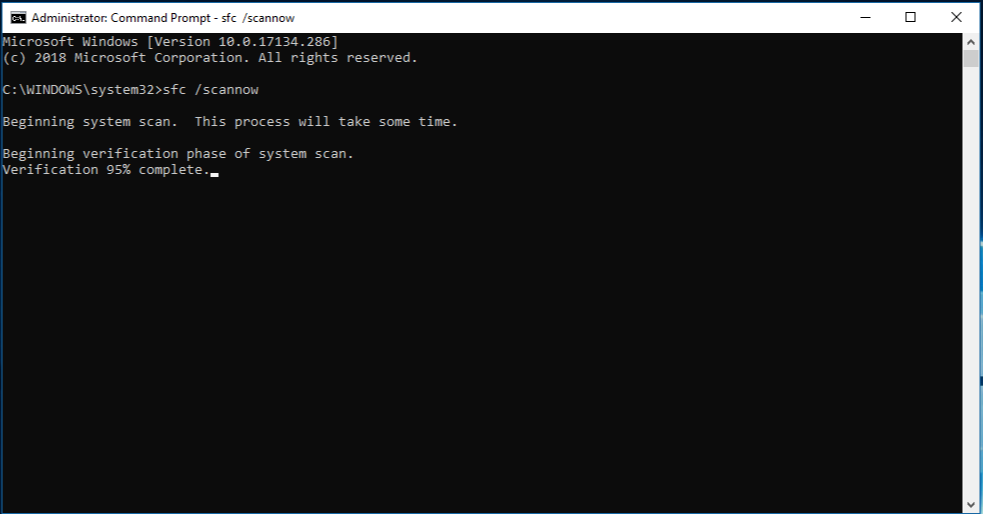



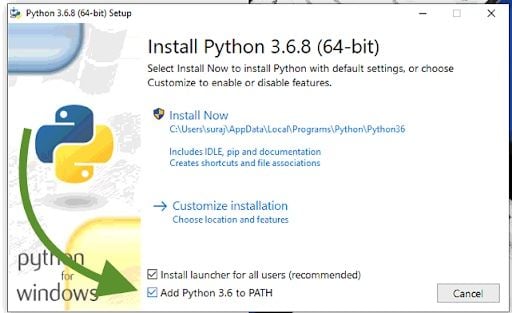
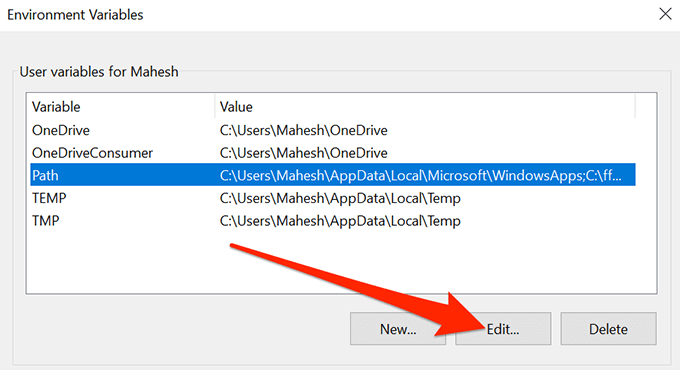




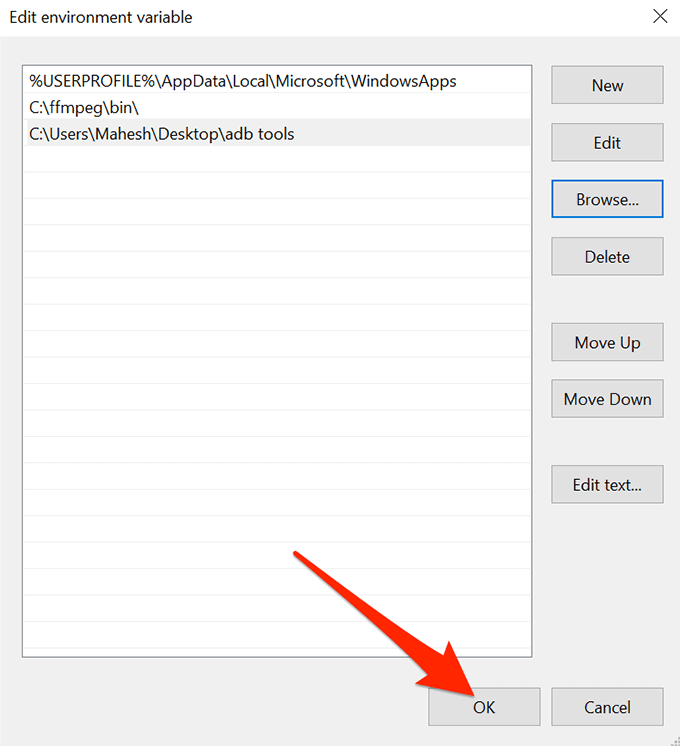
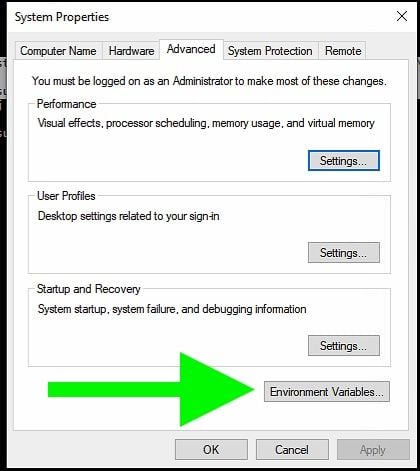






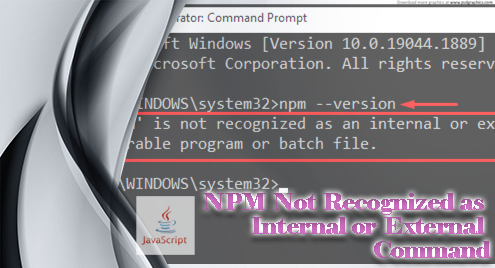
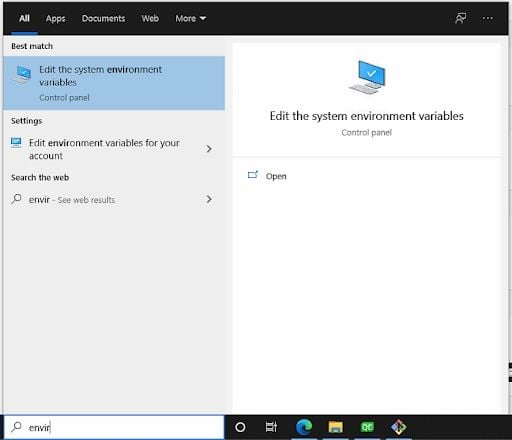
Article link: make go command not found.
Learn more about the topic make go command not found.
- golang – command ‘go’ not found – Ask Ubuntu
- “make: go: command not found” – although go binary is in …
- Installed golang still go: command not found #20 – GitHub
- Command ‘go’ not found – Ravindra Dagale – Medium
- ‘go’ is not recognized as an internal or external command
- How To Fix “Make: Command Not Found” Error
- go: command not found…make: *** [install] Error 127
- How to Install Go on Linux – Golang Docs
- How to install Go on Ubuntu – Educative.io
- How to install Go on Centos 7? | OVHcloud
- Download and install – The Go Programming Language
- How to Fix the “command not found” Error on Linux – MakeUseOf
- How to Fix “make: command not found” Error in Ubuntu
- Cách khắc phục lỗi “make: command not found” trong Ubuntu
See more: https://nhanvietluanvan.com/luat-hoc